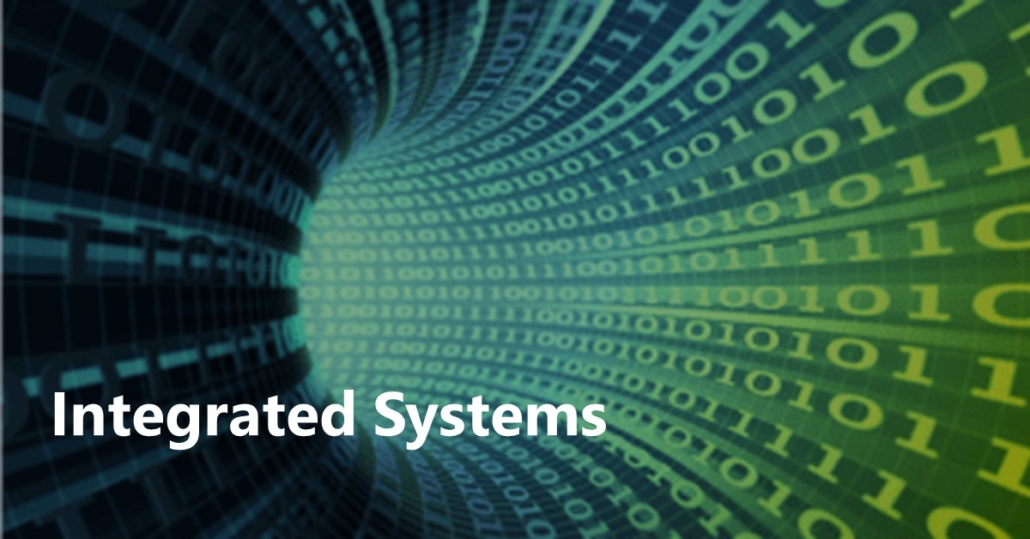RoVaR: Robust Multi-agent Tracking through Dual-layer Diversity in Visual and RF Sensor Fusion
The plethora of sensors in our commodity devices provides a rich substrate for sensor-fused tracking. Yet, today’s solutions are unable to deliver robust and high tracking accuracies across multiple agents in practical, everyday environments – a feature central to the future of immersive and collaborative applications. This can be attributed to the limited scope of diversity leveraged by these fusion solutions, preventing them from catering to the multiple dimensions of accuracy, robustness (diverse environmental conditions) and scalability (multiple agents) simultaneously.In this work, we take an important step towards this goal by introducing the notion of dual-layer diversity to the problem of sensor fusion in multi-agent tracking. We demonstrate that the fusion of complementary tracking modalities, – passive/relative (e.g. visual odometry) and active/absolute tracking (e.g.infrastructure-assisted RF localization) offer a key first layer of diversity that brings scalability while the second layer of diversity lies in the methodology of fusion, where we bring together the complementary strengths of algorithmic (for robustness) and data-driven (for accuracy) approaches. ROVAR is an embodiment of such a dual-layer diversity approach that intelligently attends to cross-modal information using algorithmic and data-driven techniques that jointly share the burden of accurately tracking multiple agents in the wild. Extensive evaluations reveal ROVAR’S multi-dimensional benefits in terms of tracking accuracy, scalability and robustness to enable practical multi-agent immersive applications in everyday environments.


